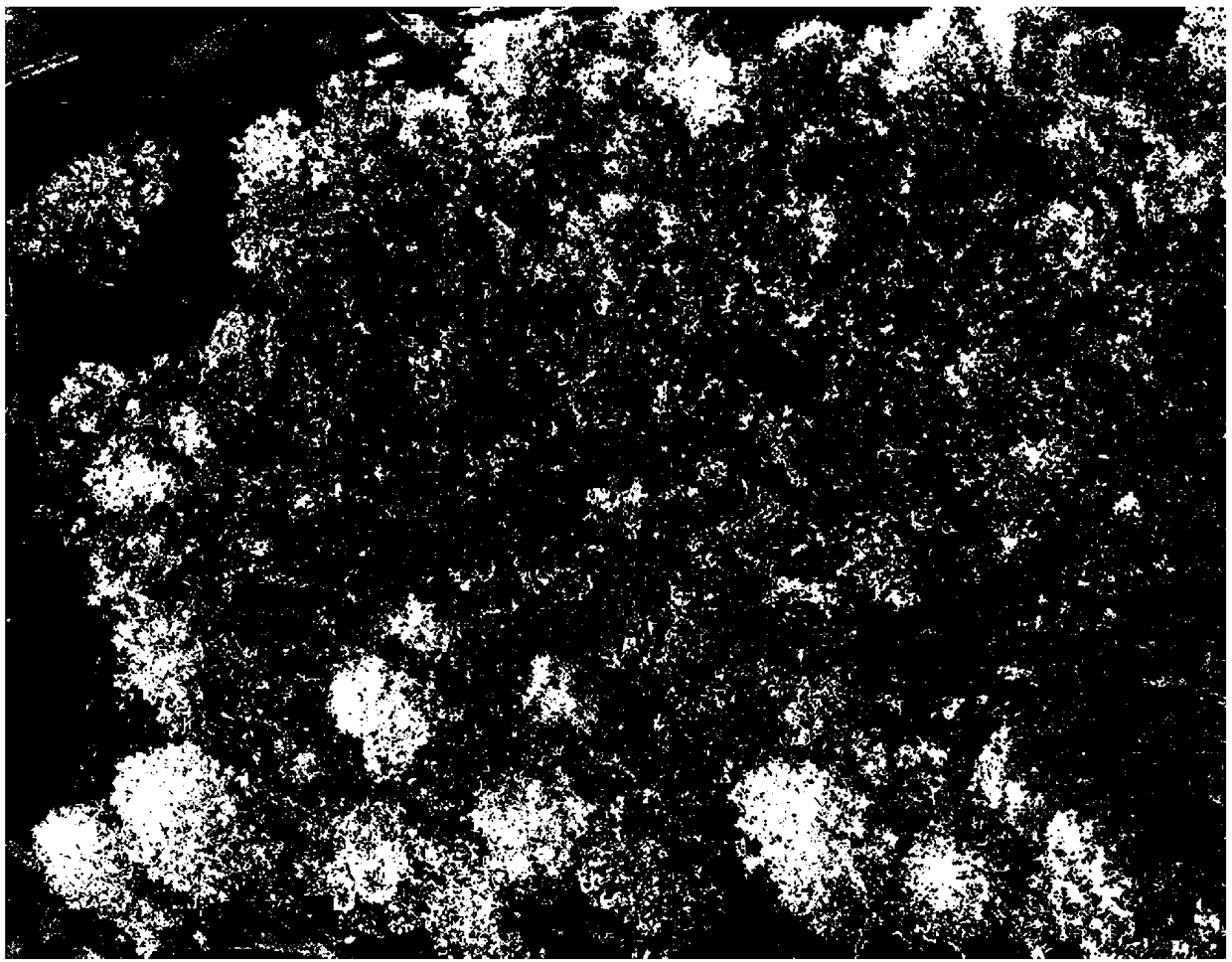Method for extracting tree heights by aid of unmanned aerial vehicles and ground-based laser radar combined with same
A technology of laser radar and unmanned aerial vehicles, which is applied to the re-radiation of electromagnetic waves, radio wave measurement systems, and the use of re-radiation, etc., can solve the problems of undetailed description of the vertical structure of the lower layer, poor estimation effect, and high data costs, etc., to achieve Reduce the consumption of manpower and material resources, save costs and improve efficiency
- Summary
- Abstract
- Description
- Claims
- Application Information
AI Technical Summary
Problems solved by technology
Method used
Image
Examples
Embodiment 1
[0028] A method for extracting tree height by combining UAV and ground-based lidar, comprising the following steps:
[0029] (1) The Riegl VZ-400i LiDAR sensor is used to obtain the LiDAR point cloud data in the area to be detected, and the sensor records the complete laser pulse return waveform information. Specifically, the point cloud data has position and color information. The color information is obtained through the camera to obtain a color image, and then the color information of the pixel at the corresponding position is assigned to the corresponding point in the point cloud. The intensity information is acquired by the laser scanner receiving device. Echo intensity, including multiple waveform information of the first echo, second echo and multiple echoes, see the ground-based lidar scanning point cloud figure 1 ;
[0030] (2) Use the DJI multi-rotor UAV Phantom4PRO to obtain high-resolution two-dimensional image data at a height of 90m in the area to be inspected; ...
PUM
 Login to View More
Login to View More Abstract
Description
Claims
Application Information
 Login to View More
Login to View More - R&D
- Intellectual Property
- Life Sciences
- Materials
- Tech Scout
- Unparalleled Data Quality
- Higher Quality Content
- 60% Fewer Hallucinations
Browse by: Latest US Patents, China's latest patents, Technical Efficacy Thesaurus, Application Domain, Technology Topic, Popular Technical Reports.
© 2025 PatSnap. All rights reserved.Legal|Privacy policy|Modern Slavery Act Transparency Statement|Sitemap|About US| Contact US: help@patsnap.com



